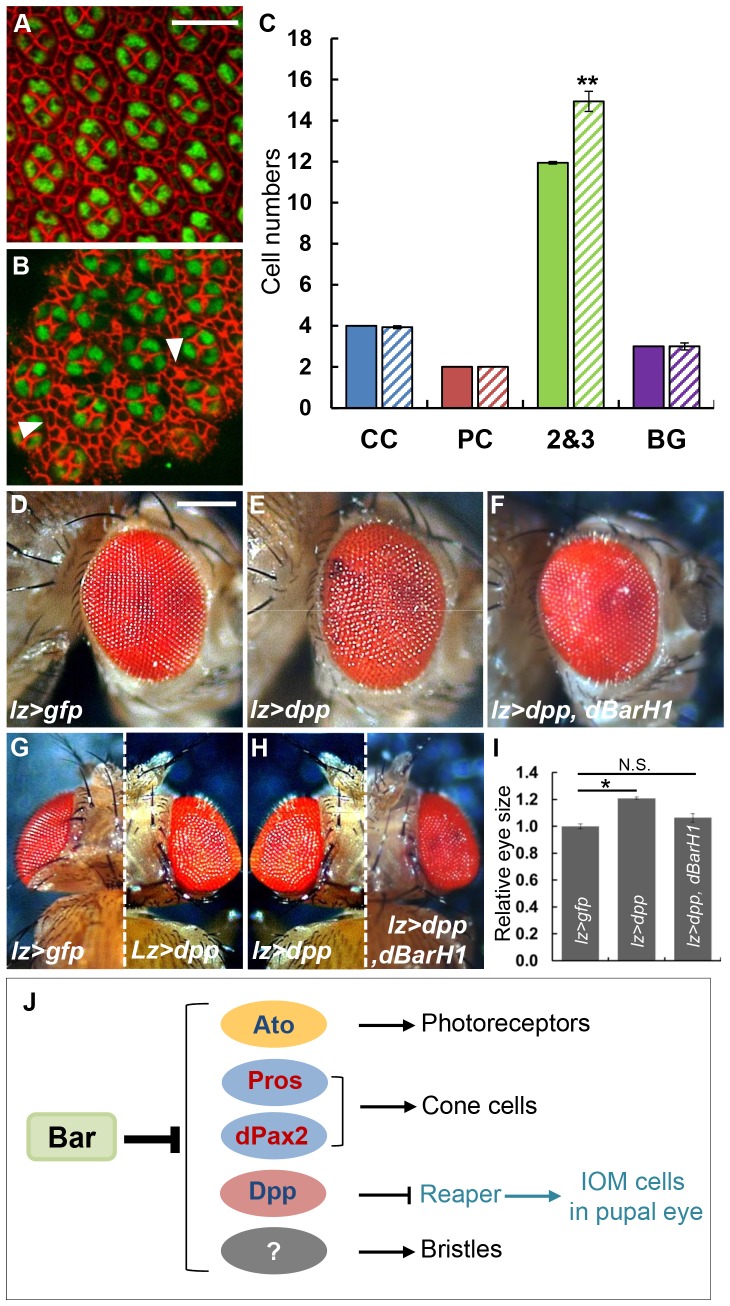Figure 5. dpp overexpression results in excess IOM cells.
(A-B) Pupal retinas at 24 h APF stained with anti-Dlg (red; cell boundary marker) and anti-Cut (green; cone cell marker). (A) Pupal retina from w1118 shows a normal ommatidium structure. Normal eye with GFP expression by lz-Gal4 was shown. Scale bar = 10 µm. (B) lz>dpp (lz-Gal4/+;UAS-dpp/+) eye showed an increased number of IOM cells (arrowheads). Note that the number of cone cells was not changed. (C) Statistical analysis of total number of IOM cells. Error bars are standard error of the mean; **P<0.01, t-test. (D) Normal eye phenotype of lz>gfp (lz-Gal4/+; UAS-gfp/+). (E) Dpp overexpression by lz-Gal4 caused roughened and bulged eye. Scale bar = 200 µm. (F) Co-overexpression of wild-type BarH1 suppressed bulged eye phenotypes of the lz>dpp. (G) Comparison of dorsal eye views of (D) and (E). (H) Comparison of dorsal views of (E) and (F). (I) Relative eye size measured from the dorsal view (see Materials and Methods). The bulged eye phenotype of lz>dpp was rescued by co-overexpressing BarH1. Error bars are standard error of the mean; *P<0.05, t-test. N.S. (Not Significant). (J) Proposed model for the role of Bar in the regulation of cell fate and morphogenetic cell death (see Discussion). Note that Bar is required for the repression of the indicated genes in the undifferentiated basal cells, and it is unknown whether the repression is direct.

